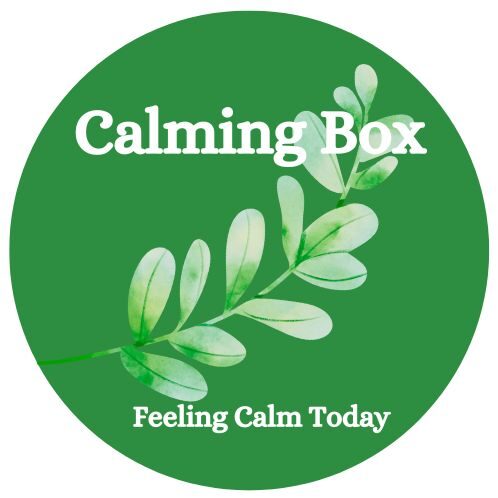Prolonged exposure to boundary violations can disrupt your nervous system’s regulation, making it harder for you to manage emotions and maintain a sense of stability. It’s exhausting.
Calming Box Suicide Thoughts
Pretending it doesn’t happen and that staying positive is the solution to everything is not helpful. Let’s protect each other by learning, sharing and supporting.
It does not discriminate. Everyone is vulnerable to it and that can change at any stage in life.
Experience Contentment
Contentment-One of the first steps is recognizing what it feels like so you can build your own calming box without substances that may cause your body harm.
Contentment is regarded as the pinnacle of emotional well-being and psychological balance.
Recognizing and experiencing these feelings has a transformative effect on our mental, emotional, and even physical well-being.
Navigating the Complex Consequences of Hyperfunctioning as a Coping Mechanism
Autoimmune disorders arise when the immune system goes awry, mistakenly attacking the body’s own tissues. In this context, hyperfunctioning takes on a new meaning—it amplifies the immune response, perpetuating a state of chronic inflammation that wreaks havoc on various organ systems.
The consequences of such an intensified immune response are profound. Tissues under constant assault endure heightened stress, leading to accelerated wear and tear that can result in irreversible damage. For instance, the joints suffer in rheumatoid arthritis, nerves are compromised in multiple sclerosis, and systemic lupus erythematosus causes tissue scarring.
Calming Box Achieving Calm Through Visual Movement: The Power of Your Eyes
Synchronized breathing regulates oxygen flow and soothes our parasympathetic nervous system, often referred to as the “rest and digest” mode. The result is a decrease in heart rate, lower blood pressure, and an overall sense of tranquility.
The clarity of this technique enables incorporation into your daily routines easily. Create your own calming box
Harnessing Eye Movement for Trauma Healing and Calming: A Therapeutic Approach
The efficacy of eye movement-based therapies are attributed to the complex neural pathways that connect eye movement, memory recall, and emotional processing. Horizontal eye movements are believed to engage both the left and right hemispheres of the brain, facilitating communication between logical and emotional centers. This cross-hemispheric communication might be integral to processing traumatic memories and transforming their emotional impact.
Procrastination and Its Connection to Trauma
Procrastination, often viewed through a lens of personal inadequacy or time mismanagement, can take on a deeper meaning when seen as a response to trauma trapped within the body. Understanding this intricate relationship shines a compassionate light on individuals struggling with procrastination, offering a fresh perspective that goes beyond surface-level judgments.
Calming Box The Devastating Impact of Trauma on Personal Agency:
Fear and irrational behaviour is often despair. Mocking others instead of considering what may have led to this situation,is not helpful for anyone. Being vulnerable is a privilege that is not possible for all. Some of us were raised in survival mode and not love.
Feeling Helpless Trying to Support a Friend in an Abusive Relationship?
Being a friend means doing your best in difficult times and fun times. But, not taking pieces of yourself and winding up feeling frustrated and annoyed with her.
Harnessing the Power of Anger: A Multifaceted Emotion with Purpose
Struggling with anger?
Living in fear that someone you love will leave you if you cannot control your fury?
It will continue if you do not bring your own awareness and acknowledgement to its purpose
